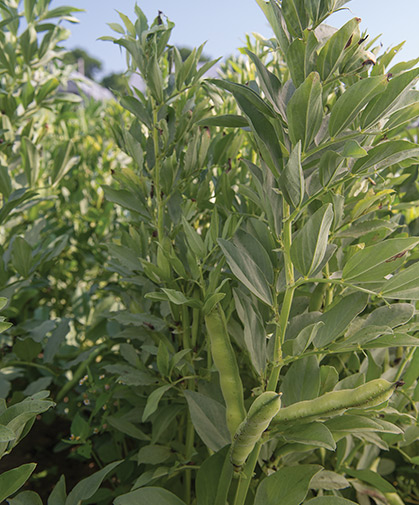Fava Bean - Key Growing Information
SCIENTIFIC NAME:
Vicia fabaCULTURE:
Unlike most beans, fava beans prefer cool weather and are best planted in early spring as soon as the soil can be worked. Sow 1" deep, 4–6" apart, in rows 18–36" apart or use wide-bed style planting, giving each plant 1 sq.ft. of space. Where winter lows stay above 10°F (-12°C) sow in August through September. Inoculants can increase yields.DISEASES AND PESTS:
The primary disorder responsible for leaf and pod blackening and spotting is a virus spread by aphids. The disease is most prevalent in hot weather, above 80°F (27°C).HARVEST:
Pick individual pods when the green shell beans inside are plump. For dry beans, wait until pods are dry before harvest.AVG. SEEDING RATE:
1 lb./90', 11 lb./1,000', 160 lb./acre at 3' row spacing.SEED SPECS:
SEEDS/LB.: 270. PACKET:
50 seeds, sows 17'.


